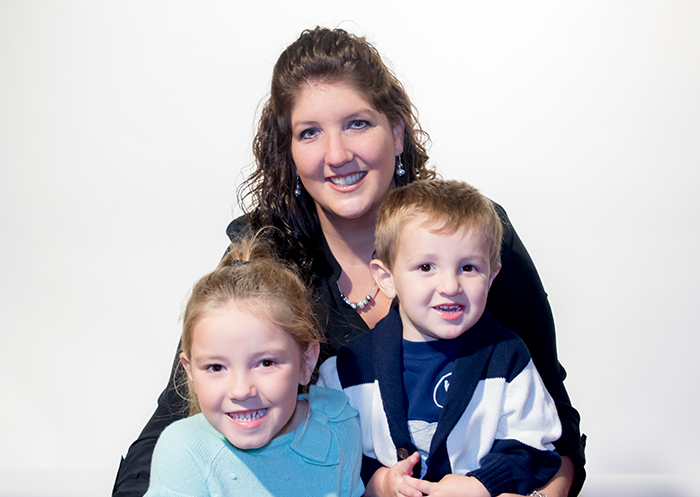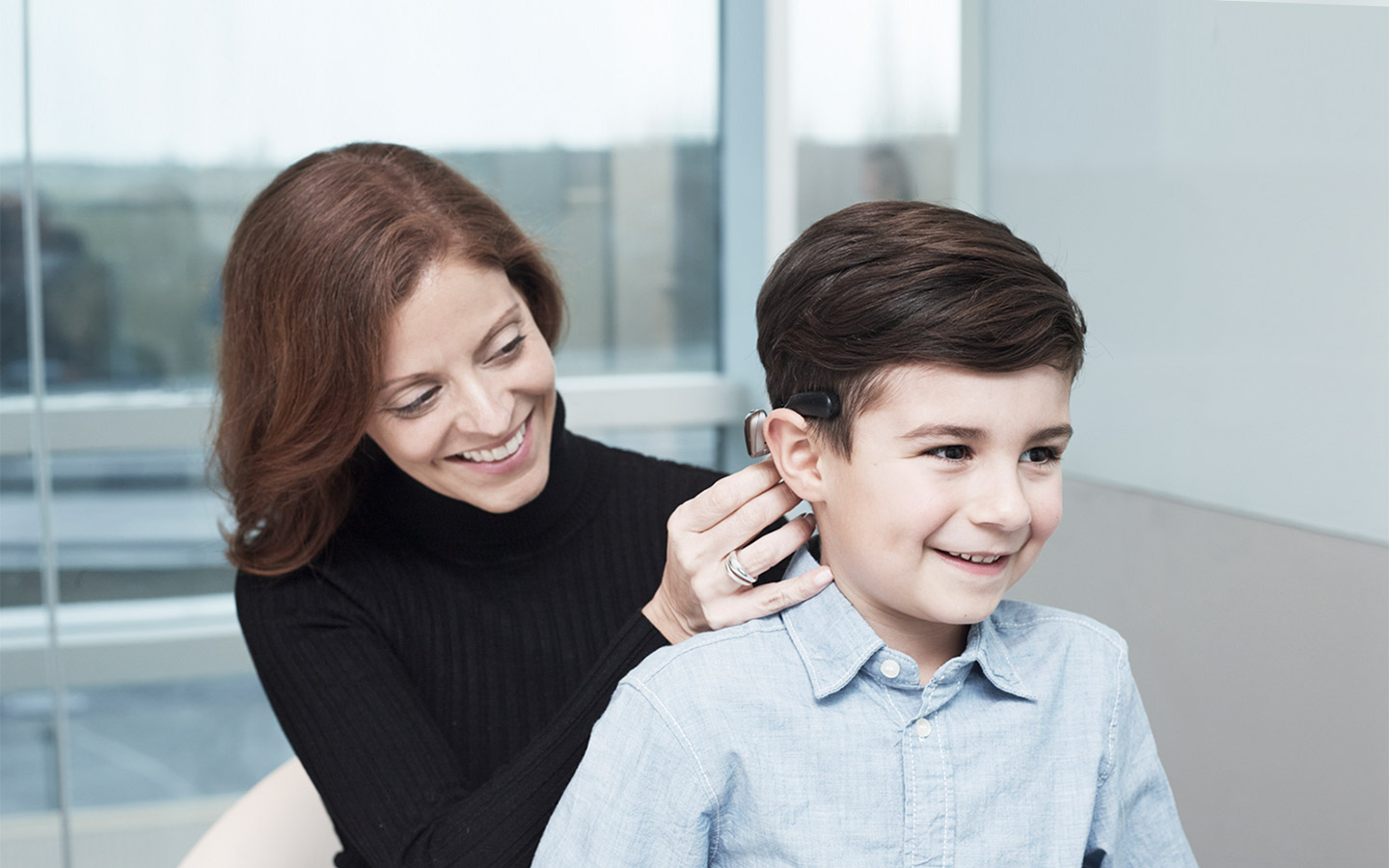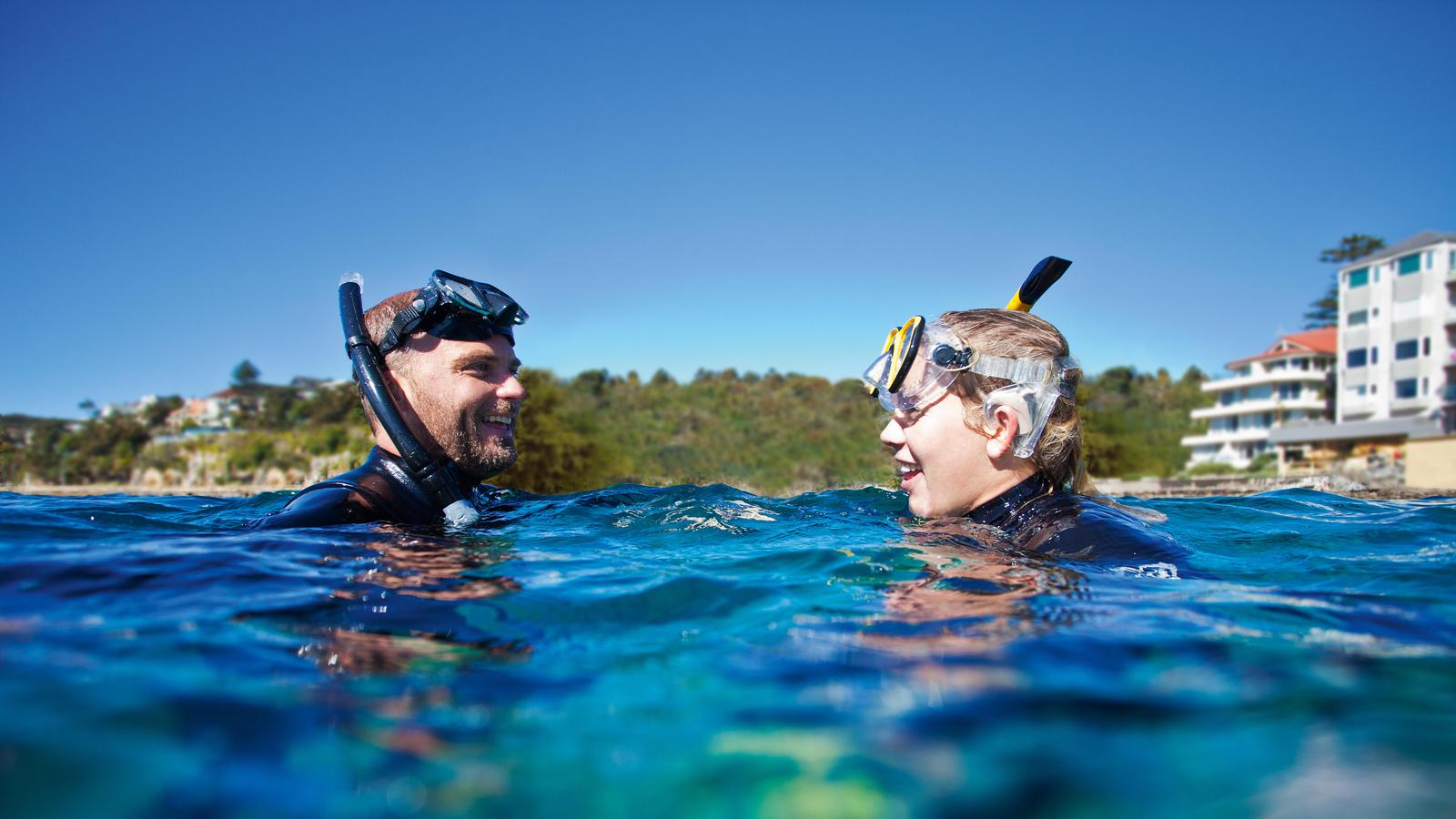Your child's bone conduction implant surgery
Learn what to expect before and during your child’s bone conduction surgery and how to care for and support them during recovery.

What you'll find on this page
- What to expect before your child’s surgery
- What to expect during your child’s surgery
- Tips on how to help your child recover
- When to expect your child’s sound processor to be fitted
It is normal to feel anxious before your child’s implantation surgery. You might be worried about the procedure itself, or how your child’s recovery process will go. But you’re not alone. Knowing what to expect before, during and after surgery will help you manage your child’s feelings as well as your own.
"After the surgery, we actually went home that day. We were home by noon. And by three o’clock we were having to remind her to stop jumping around, you just had surgery!"
- Melissa, mother of Isabella, Cochlear™ Baha® System recipient
Before surgery
Cochlear has two types of bone conduction systems – the Osia® System and the Baha® System.
Although slightly different, both surgeries are routine operations. In both cases, the BI300 Implant is placed behind the ear where it fuses with bone over time. With the Osia System, an Osia implant will be attached to the BI300 Implant.
After surgery, your child’s head will be wrapped in a bandage to protect the incision site behind the ear.
Recovery
Your child will likely have a bandage for a day or two after surgery. You will get instructions on how to care for the implant site after the bandage is removed. It’s important to follow your hearing health professional's instructions regarding rest and recovery during this time.
Each child recovers at a different pace, and most children can go back to school or childcare one week after surgery. The care they need will vary, depending on their age, independence and lifestyle. However, it is usually best that they don’t take part in sports for three to four weeks afterwards.
Talk to your doctor about how much activity is safe for your child.
How can I care for my child after surgery?
- Follow your doctor's instructions and make sure your child takes medication exactly as directed.
- Your child may want to spend the first few days in bed.
- Encourage quiet indoor play for the first few days.
- Your child will have a bandage over their incision. Your doctor will let you know when you can remove the bandage.
Your child's hearing health professional will set a recovery period before it's time to get the sound processor fitted.
Fitting the sound processor
Your surgeon will want your child’s incision to heal before they are fitted with their sound processor, and it’s programmed for the first time.

Disclaimer
Please seek advice from your health professional about treatments for hearing loss. Outcomes may vary, and your health professional will advise you about the factors which could affect your outcome. Always follow the directions for use. Not all products are available in all countries. Please contact your local Cochlear representative for product information.
For a full list of Cochlear’s trademarks, please visit our Terms of Use page.
Views expressed are those of the individual. Consult your health professional to determine if you are a candidate for Cochlear technology.







